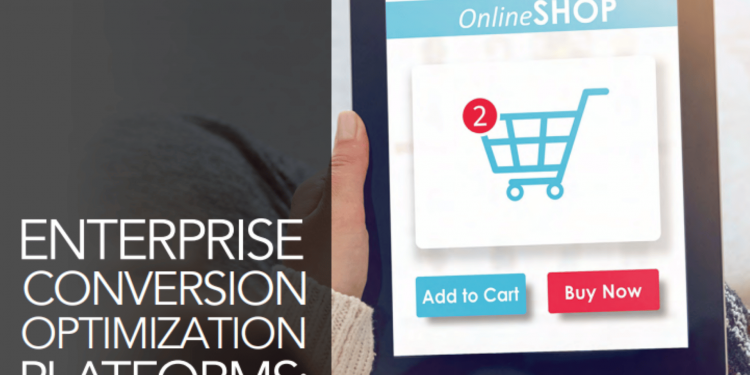Over the last several years, digital marketers have been focused on delivering a customer experience (CX) that differentiates them from the competition. Conversion optimization platforms (COPs) address this by enabling marketers to systematically test and personalize websites, mobile apps and other touch points to provide each user with a satisfying experience.
COPs are also sometimes called conversion rate optimization (CRO) tools, personalization engines, or experience optimization platforms (EOPs). Conversion optimization platform functionality typically includes:
- A/B and multivariate testing.
- Tools to manage testing programs and “roll out” successful experiments.
- Personalization, often enhanced with AI and machine learning.
- Server-side experimentation.
The need for conversion optimization platforms
Implementing a COP makes sense at a time when 79% of consumers and 85% of business buyers say their experience with a business is as important as the products or services it provides, according to the most recent “State of the Connected Customer” report.
What constitutes a great customer experience is set by industry leaders. Businesses fall short of customers’ expectations when they fail to deliver an Amazon-like checkout experience or an Instacart-like delivery experience — even in B2B.
Benefits of conversion optimization platforms
Many conversion events drive revenue. And since COPs optimize conversion events, it’s fairly easy to determine whether such a platform is paying for itself or not. But the benefits of conversions aren’t limited to driving revenue.
COPs also help businesses maximize ROI from investments in driving traffic to websites or mobile apps. Few companies believe they are proficient practitioners of conversion optimization. Only one in ten said their approach was fully automated, powered by machine learning, and delivering personalized experiences that tie back to measurable commercial benefits, according to a 2020 Decibel and Econsultancy report.
Agile marketing meets agile development
Conversion optimization tools fit with agile approaches many marketers are adopting. Rather than a “project” or “campaign” mindset, where initiatives are discrete sets of tasks that start and are completed, agile marketing adopts the “sprints” and “backlogs” mentality popularized by developers. COPs mesh with this because they are designed for a continuous workflow. That workflow consists of iterative experimentation, followed by reflection on those experiments, and actions taken as a result of the insights gained.
Since developers are often part of the experimentation and roll-out, working alongside marketers, this approach also encourages teams to adopt similar work methodologies.
Conversion optimization platform capabilities
The functionality of conversion optimization platforms differs depending on the vendor’s philosophy around optimization and its use of artificial intelligence.
Typical capabilities facilitate:
- Conceiving and designing experiments for websites and mobile apps.
- Conducting and evaluating the results of A/B and multivariate tests.
- Managing testing programs and deploying experiments that are successful.
- Building audience segments based on a variety of data types.
- Personalizing customer interactions in real time.
- Conducting server-side experiments.
Testing and insights
The primary function of COPs is to test changes to websites and apps that improve customer experiences and conversions/results. This could be traditional A/B testing or multivariate testing, or artificial intelligence-derived conclusions. The user interfaces typically include browser-based tools with graphic drag-and-drop editors. From there users can typically create new features to test, edit code or toggle between these modes.
Platforms vary in terms of their ability to suggest experiments most likely to have a significant impact. Testing capabilities typically include the ability to adjust and manage traffic volume to experiment variations. Some platforms feature tools that deliver insights about user actions on websites, such as heatmaps and the ability to recruit users for more formal testing sessions.
Our new report, “Enterprise Conversion Optimization Platforms: A Marketer’s Guide,” is now available for free download.
Read the full article here














